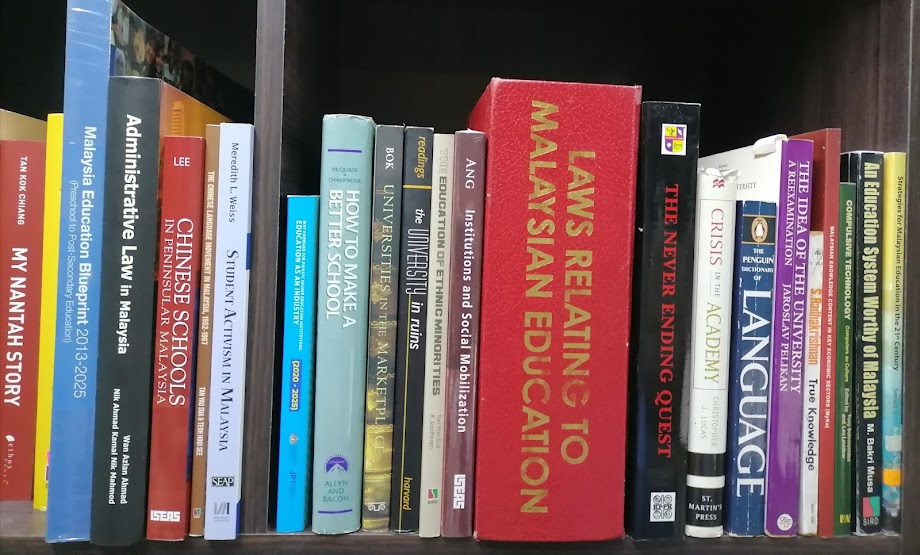Information is shoved at us daily from every direction, unceasingly. From the popular media, from the incessant messages that are pumped into our phones every minute, or more seriously, from the information that comes in the form of laws and policies that bind and restrict us. To submit to the barrage of information without critically examining it is a sure way to surrender our freedom. Critical thinking skills have become survival skills in the face of the information onslaught.
Critical thinking skills will help us maintain our freedoms,
which is sufficient reason to acquire those skills. But it will do more. It
will help us to deal with information more effectively and to innovate and
create new ideas from the knowledge we extract from the information. Critical
thinking will help us become more effective learners who can build on the large
amount of knowledge that is being unleashed by the information.
Critical thinking is important not only in educational or
professional contexts but as a living skill. It is an indispensable skill to understand
and analyze information and make important decisions in our lives. Never in our
history have we encountered information as today. Information technology will multiply
the amount exponentially every few days. Much of that information is not
abstract or detached from our daily lives. It affects the decisions and the
choices we make.
In designing this course, we have taken into consideration
the cultural traditions in this country that tend not to support critical thinking
and regard a critical approach as being rude or disobedient. Our education
system has contributed to this by encouraging rote learning and rewarding the
regurgitation of information without critical analysis. Unfortunately, even in
higher education, there is very little encouragement to critically analyze what
is being taught. Only in a few institutions or programs is critical thinking taught
as an independent subject or as part of the syllabus of any subject.
School teachers we have spoken to tend to think that
critical thinking is a difficult skill to teach. Many of them believe that
students are not ready to absorb such skills and must be content with obtaining
knowledge that is found in the textbooks and formalized through syllabuses. Many
have also alluded to the fact that critical thinking can only be taught after
the learner has had a sufficient command of the knowledge and It is the role of
teachers to equip students with the knowledge. What also emerged from our
discussions is a reluctance amongst teachers, brought upon by fear of official
retribution, to introduce any form of critical approach to education. Control
and conformity and rigid adherence to the status quo seem to be the unalterable
canons of education. Critical and creative thinking are aspirations stated in the
Malaysia Education Blueprint 2013-2025. A new curriculum has been proposed that
will add these elements to the education meted out in schools. To make that happen,
there has to be a reorientation of the attitudes of not only the teachers but
the whole bureaucracy of education and of those in government, making policies
on education. One thing that must cease is the punishment of individuals for
artistic and literary expression. We have become a society with increasingly
thin skin. Criticism has been criminalized.
Our institutions of higher education are no better. They are
highly regulated, and contrary to the official rhetoric, the education provided
in universities and colleges is not student-centered. Rigid adherence to
outdated prescribed syllabuses does not cater to student needs. Dissemination
of book-based knowledge is the main objective of higher education. As in
primary and secondary education, tertiary teachers also believe that students are
not ready to engage in any critical examination until they are sufficiently
apprised of the knowledge that is imparted at the different levels of higher
education. The containment of education in the classrooms is reinforced by laws
that restrict the academic freedom of the professoriate. We cite only one set
of such laws – the laws regulating university staff discipline that prohibit any
form of criticism of the government or its policies and the university and its
policies.
This course is driven by the belief that a disposition to critical
thinking will benefit both the individual so disposed and the nation ultimately.
A disposition to examine everything critically will increase creativity and
productivity, whether individually, in groups, or in the workplace.
Course Outline
1. What is meant by critical thinking?
2. Why teach/learn critical thinking?
3. Bloom’s Taxonomy of Cognitive Skills.
4. The origins of critical thinking – in philosophy, in psychology, in education.
5. Example of how knowledge developed through critical thinking.
6. Dispositions, attributes, and behaviour that support critical thinking.
7. Critical thinking tools
8. Knowledge
9. How emotions affect thinking
10. Imagination as the mental projection of possibilities which transcend time and space and offer what could be rather than what is.

